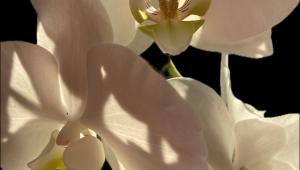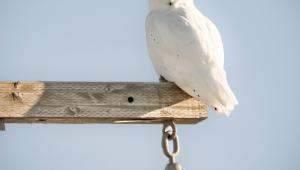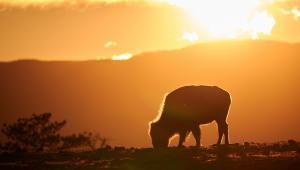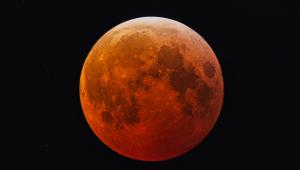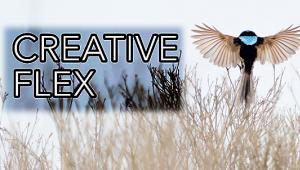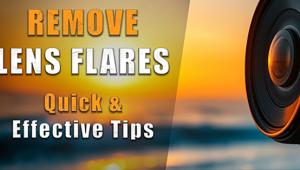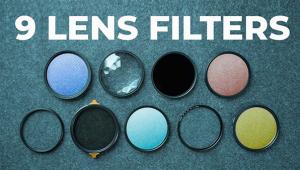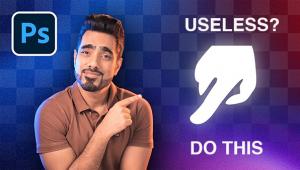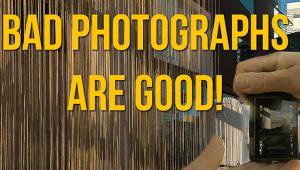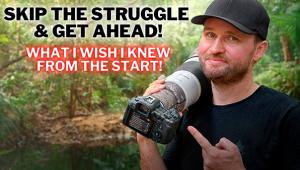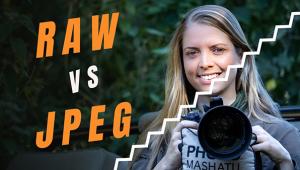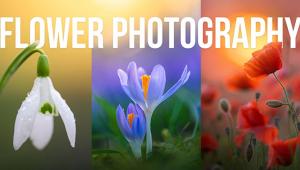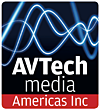An Insider's Look At Food Photography
"If You Can Shoot Food, You Can Shoot Anything!" Page 3
Most of my work is done with at least two and as many as eight lights. If
you count the reflectors, there are sometimes as many as 12 light sources in
my images. However, there is always one main or "key" light that
has more power than any other light source. I always want to see the shadow
cast by this light, regardless of how many lights fill those shadows. The correct
placement of the key light can be determined by asking yourself the questions,
"What is the most important feature of my subject, and what do I want
to make sure people see? What is the main selling point I want to emphasize?
Is it texture, shape, or color?" Once you have answered that question
for yourself, place your key light following the guidelines below.
The different lights I use as a key light are as follows:
· A small softbox 2x3 foot.
· The same softbox with the front diffusion panel removed.
· A large softbox.
· A lamp head with a 7 or 9" reflector with a grid (a grid attaches
to the front of a reflector and has holes in it to make the light more directional
and focused).
· A lamp head with reflector and barn doors.
· A lamp head with reflector pointed through a panel of tracing paper
or diffusion cloth.
· A lamp head with a snoot (a device that fits on the front of the lamp
head or reflector and creates a spotlight effect).
· The sun low in the sky--usually diffused through cloth or tracing
paper.
· The sun coming through a skylight or window.
If the texture on the top of the item is the most important, or if you want
to show steam rising from the subject, put the key light low and behind the
item and light from the rear. The light will rake across the textured top of
the subject and the shadows cast will emphasize the texture. In the case of
steam or smoke, light from the rear shines light through the steam, making it
bright white and draws the eye to it. Drinks are also usually lit from the rear,
to bring out the translucent character and color of the liquid. I have used
rear lighting for shooting pie with a crumb topping, steam rising from grilled
chicken or coffee, and for water splashes.
If you are shooting soup or something wet and glossy, top lighting will create
nice reflections and highlights. I have used top lighting for grilled meat,
fruit salad, soups, cobbler, and salsa. Softboxes usually work the best for
top lighting. You will want a second light source with top lighting, usually
coming from the front left or right. This could be a reflector or a second softbox.
Sidelighting is useful when you want to show the shape of something, or to emphasize
texture. I have used sidelighting for a display of bread or pastry, and for
raw fruit or vegetable arrangements.
 |
|
|
I use lighting from the front and to one side or the other if I want to create
bright highlights on the front of the dish, or to show its wetness or texture.
I usually use side/front lighting for extreme close-ups or food macro images.
I never put my key light directly in front of the subject at the same angle
as the camera, as this creates flat, boring light shadows falling behind the
subject. Besides, you want to make the food look like you just sat down to eat
it, and light from directly in front of the food would be blocked by your body
if you were sitting at a table.
Bottom lighting is used when I want to show light coming through my subject.
I did a shot of a bottle of beer sitting in ice with bottom light. I had two
wooden apple boxes set about 2 ft apart, with a piece of glass sitting on top
of them. There was a clear refrigerator storage box full of ice on top of the
sheet of glass. The beer was laid in the plastic box, and the ice placed around
it. A lamp head with a snoot attached was on the end of a boom, and was underneath
the setup pointed up toward the sheet of glass. The bottom light showed through
the ice and the bottle, making the beer look cold, wet, and refreshing. Without
bottom light the ice looked dark and dirty, and the beer could not be seen.
Reflectors are vital to food photography. Beginning professional or amateur
photographers with a budget for only one or two lights can create photographs
with dozens of light sources by using reflectors. In addition to the large round
reflectors sold in photography stores and large flat white foamcore sheets from
art supply stores, tabletop photographers need many small reflectors. Small
shaving mirrors can be used to pick up light and put it exactly where you want
it; however, they are very bright and can create odd-looking rectangular pools
of light if not used carefully. Small pieces of aluminum foil can be shaped
into reflectors and placed around the table, with either its shiny side or dull
side out as needed.
The most useful small reflectors I have are those I have made from silver cardstock
from my local art store (more on this later). Place the tabletop reflectors
where they pick up your key light, and bounce the light into the shadow areas
of the food. Angle the reflectors so that they create glossy highlights in the
wet areas of food. Use white reflectors for softer fill, silver for bright fill,
mirrors for strong fill, and gold for warm fill.
Indispensably useful reflectors can be made from cardstock found at your local
art store. The paper that I use is a light
12-point cardstock, shiny silver on one side and white on the other. It is called
"mirror silver" in my store. They also have mirror gold, which can
be used for warming up an area of your photo.
You want to cut the paper up into strips of about 6, 10, and 14" wide.
You will want some tall strips and some short ones. You will then put three
folds in the paper so that it forms a tall triangle, with a 1-3" flap
at the bottom that can be taped to the inside of the triangle. The reflector
has to sit on a table by itself, so the base of the triangle needs to be large
enough to support it. Changing where the flap is taped on the inside changes
the angle of the front surface of the reflector. You can create white or silver
reflectors by changing which side of the cardstock faces out.
An Ice Cream Adventure
Early in my career as a food photographer I decided to make an ice cream shot
for my portfolio. I had read about using fake ice cream, but I wanted to find
a way to use the real thing. So I bought 20 lbs of dry ice, called a food stylist
friend, and we went to work. The food stylist took out a perfect scoop of ice
cream and left it in the scoop. I hollowed out an area in the center of the
flat side of the ice cream scoop and placed a chunk of dry ice in the hollowed
opening. Then I placed the ice cream on a plate and stuck the plate on a slab
of dry ice in an ice chest and left it there for an hour. While I got my lights
set up, the stylist decorated a plate with yogurt swirls, and we were ready.
I took the ice cream scoop out of the chest using gloved hands and slid it onto
the hero plate on the table and photographed it. I was using a Hasselblad 500
CM and shot two rolls of 120 film in about 10 minutes. The ice cream didn't
drip, melt, or move for the next half hour. It was so hard I think you could
have thrown it at somebody's head and knocked them out with it!
Equipment List
Cameras, Lenses, And Digital Backs: Fujifilm FinePix S2 Pro
digital camera body; Nikon N80 camera body; Nikon 18-35mm ED AF zoom; Nikon
60mm AF macro; Nikon 70-300mm ED AF zoom; Mamiya RZ Pro II medium format system;
Mamiya 645 AFD kit with 35mm, 55-110mm zoom, and 120mm macro lenses; Toyo-View
4x5 with Rodenstock lenses; 16-megapixel Phase One P20 digital camera back
Lighting And Accessories: Nikon Speedlight SB-800; 2 Speedotron
2403 power packs; 3 Speedotron 103 Black Line 2400 ws heads with 7" reflectors;
9, 11, and 16" reflectors; grids; barn doors; snoots; 2 Photogenic PowerLight
1250 500 ws monolights; Photoflex small, medium, and large softboxes; Bogen
light stands and booms; Bogen tripods
Computers, Printers, And Memory Cards: Apple PowerBook G4;
Apple Power Mac G4; Compaq Presario 500; Epson Photo Stylus 785 EPX; Lexar 1GB
CompactFlash cards.
Note: All images appearing in this article were taken with the Fujifilm FinePix S2 Pro. For jobs requiring larger file sizes I rent a Phase One H20 back and mount it on my Mamiya RZ.
Dennis Davis is a commercial photographer based in Southern California specializing in food. His food clients have included cookbook publishers, grocery store chains, fast food restaurant chains, food magazines, food manufacturers, and advertising agencies. His work can be seen at: www.photographerfood.com, www.DavisPhotographic.com, and www.LosAngelesProPhotographer.com.
- Log in or register to post comments







